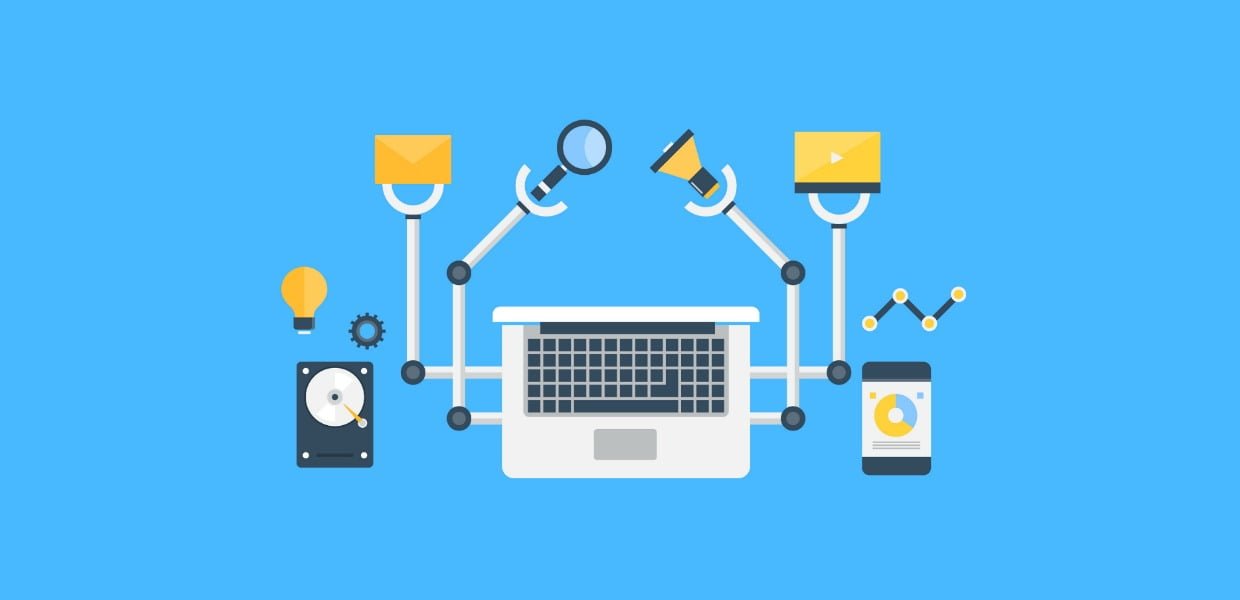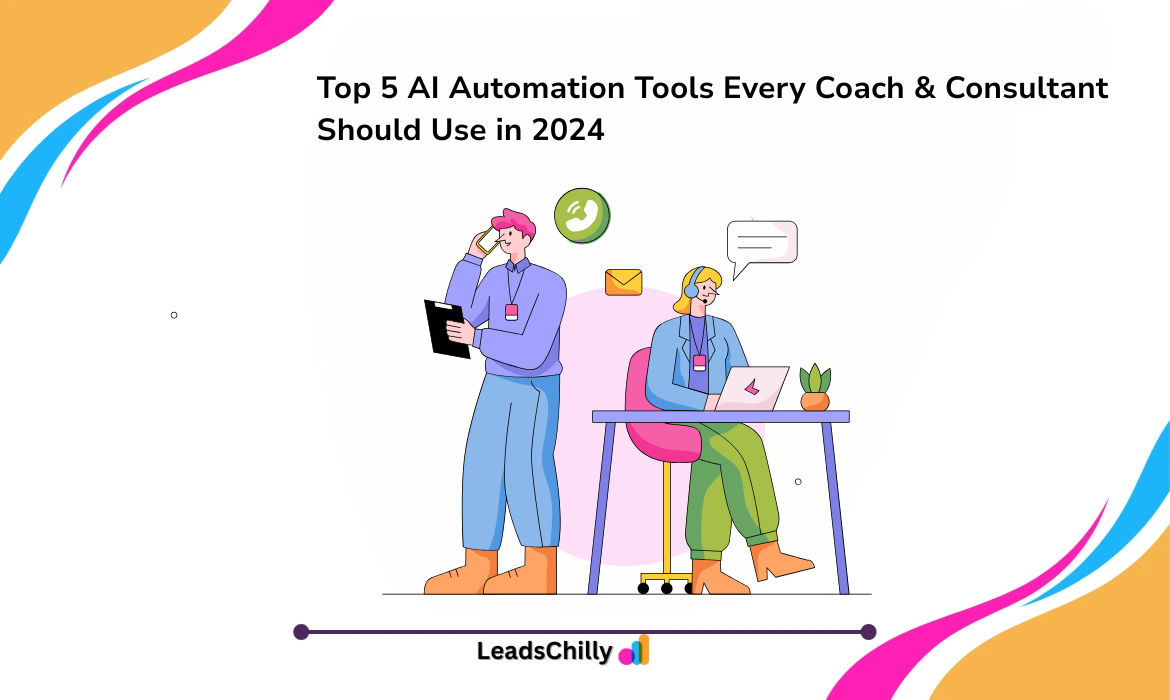Introduction
If you’re a small business owner, you know that access to capital is essential for growth and stability. But if you’re not sure how to go about getting a business loan, the process can be daunting. Not to worry – in this blog post, we will give you 10 easy steps to generate leads for business loans. By following these simple tips, you can put yourself in a much better position to get the financing you need for your small business.
What is Lead Generation?
If you’re in the business of lending money to small businesses, then you know that generating leads is essential to your success. But what exactly is lead generation?
Lead generation is the process of identifying and cultivating potential customers for your products or services. In the case of business lending, this means finding businesses that are in need of financing and are likely to be a good fit for your loan products.
There are a number of ways to generate leads, but some of the most effective include online advertising, word-of-mouth marketing, and networking. Once you’ve generated a list of potential leads, you’ll need to qualify them to determine which ones are the best fit for your products or services.
Qualifying a lead usually involves assessing their financial situation, as well as their needs and goals. This information will help you determine whether or not they’re likely to be approved for a loan, and if so, how much money they’ll need.
Once you’ve qualified a lead, it’s time to start working on closing the deal. This involves getting in touch with the decision-maker at the company (usually the owner or CEO), and pitching your loan product as the best solution for their needs.
If you’re able to successfully close the deal, congratulations! You’ve just made your first business loan.
The Benefits of Lead Generation
There are several benefits to lead generation for business loans. First, it allows you to quickly and easily identify potential lenders. This can save you a significant amount of time and effort, as you won’t need to research each lender individually.
Second, lead generation can help you compare lenders side-by-side. This can be extremely helpful in finding the best deal on a business loan. You can easily compare interest rates, loan terms, and other factors to find the lender that’s right for your business.
Third, lead generation can provide you with leads that are pre-qualified. This means that they’ve already been through the initial screening process and are more likely to be approved for a loan. This can save you a great deal of time and increase your chances of securing funding.
Fourth, lead generation can give you access to a larger pool of potential lenders. This provides you with more options and increases your chances of finding the perfect lender for your business.
Finally, lead generation is an efficient way to get multiple offers from different lenders. This gives you the ability to choose the best offer for your business. It also saves you time by allowing you to receive multiple offers at once, instead of having to apply to each lender individually.
10 Easy Steps to Generate Leads for Business Loans
If you’re looking for business loan leads, there are a few easy steps you can take to generate them. First, start by creating a list of target businesses that you think would be a good fit for your loan products. Then, reach out to these businesses and let them know what you have to offer. You can do this through cold-calling, email marketing, or even social media outreach.
Once you’ve made contact with potential leads, it’s time to start nurturing those relationships. Keep in touch with your leads regularly, providing helpful information and updates about your products and services. Build trust with your leads and show them that you’re an expert in the business lending space. By doing this, you’ll be able to close more deals and grow your business.
- Make a list of potential leads. The first step to generating business loan leads is to create a list of target businesses. To do this, start by thinking about the type of businesses that would be a good fit for your products and services. Consider factors like industry, size, and location when making your list.
Once you have a good idea of the types of businesses you want to target, start researching specific companies that fit your criteria. You can use online directories, search engines, and social media to find potential leads.
- Reach out to your leads. Once you have a list of potential leads, it’s time to start reaching out to them. The best way to do this is to contact them directly and let them know what you have to offer. You can do this through cold-calling, email marketing, or even social media outreach.
When reaching out to your leads, be sure to personalize your message and offer something of value. This could be helpful information about your products or services or even a free consultation. By offering something valuable, you’ll increase your chances of getting your foot in the door with potential customers.
- Nurture your relationships. Once you’ve made contact with potential leads, it’s important to nurture those relationships. Keep in touch with your leads on a regular basis, providing helpful information and updates about your products and services. You can do this through email, social media, or even face-to-face interaction.
It’s also important to build trust with your leads. Show them that you’re an expert in the business lending space by sharing helpful tips and advice. By nurturing your relationships and providing value, you’ll be more likely to close deals and grow your business.
- Stay organized. When generating business loan leads, it’s important to stay organized. Keep track of your contacts and interactions with potential leads using a customer relationship management (CRM) system. This will help you stay on top of your prospects and keep track of your progress.
- Follow up. It’s important to follow up with your business loan leads in a timely manner. If you’ve made contact with a potential lead, be sure to follow up within a few days. This will show them that you’re interested in doing business and give you an opportunity to further discuss your products and services.
- Qualify your leads. Not all business loan leads will be a good fit for your products and services. That’s why it’s important to qualify your leads before moving forward with the sales process. Consider factors like industry, size, and location when determining whether or not a lead is worth pursuing.
- Get feedback. After qualifying your leads, it’s important to get feedback from them. Ask them about their needs and wants, and find out if they’re interested in learning more about your products or services. This feedback will help you determine whether or not you should continue pursuing a particular lead.
- Close the deal. If you’ve determined that a lead is interested in your products or services, it’s time to close the deal. This involves negotiating terms and conditions, and ultimately getting the customer to sign on the dotted line.
- Stay in touch. Even after you’ve closed the deal, it’s important to stay in touch with your customers. Send them periodic updates about your products and services, and be sure to address any concerns or questions they may have. By staying in touch, you’ll build a strong relationship with your customers and increase the chances of them doing business with you again in the future.
- Rinse and repeat. The process of generating business loan leads doesn’t stop once you’ve closed a deal. To continue growing your business, you need to continually generate new leads and nurture relationships with existing ones. By following these steps on a regular basis, you’ll be able to sustainably grow your business and close more deals over time.
How to Qualify Your Leads
To qualify your leads, you’ll need to know how much money they’re looking to borrow, what their business does, how long they’ve been in business, and what their credit score is. You can get this information by asking them directly or by using a lead generation tool like HubSpot’s CRM. Once you have all of this information, you can start to qualify your leads by segmenting them into different groups. For example, you might group leads together based on the size of the loan they’re looking for or the industry they’re in. This will help you create targeted marketing campaigns that are more likely to convert.
The Importance of a Good Lead Generation Strategy
A good lead generation strategy is important for any business, but especially for businesses that are looking for loans. There are a few reasons why this is the case.
First, when you have a good lead generation strategy in place, you are more likely to get high-quality leads. This means that the leads you generate are more likely to be interested in what you have to offer and more likely to convert into paying customers.
Second, a good lead generation strategy will help you generate leads at a lower cost per lead. This is because you will be targeting your marketing efforts towards those who are most likely to be interested in your products or services.
Third, a good lead generation strategy can help you build relationships with potential borrowers. By generating quality leads, you will be able to develop relationships with potential borrowers before they even apply for a loan. This way, you will be top of mind when they are ready to apply for financing.
Overall, a good lead generation strategy is essential for any business looking for loans. By generating quality leads at a lower cost per lead, you will be able to save money and time while also building relationships with potential borrowers.
Conclusion
Generating leads for business loans doesn’t have to be a difficult process. By following these 10 easy steps, you’ll be well on your way to success. Remember to focus on your target market, use the power of social media, and build relationships with potential borrowers. With a little effort, you’ll be generating quality leads in no time.





